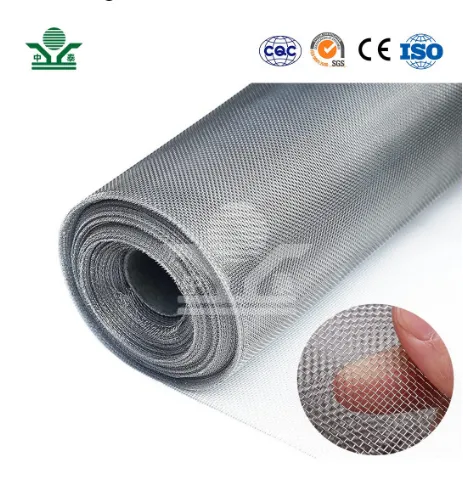The Role of Absorptive Noise Barriers in Urban Sound Management
In the ever-evolving landscape of urban development, noise pollution has emerged as a significant concern for inhabitants. As cities expand and populations increase, the cacophony of traffic, construction, and social activities can lead to detrimental effects on health and well-being. One innovative solution to mitigate this issue is the implementation of absorptive noise barriers. These structures not only serve as physical obstructions but also play a crucial role in sound management within urban environments.
Absorptive noise barriers are specifically designed materials that reduce the transmission of sound by absorbing sound waves, rather than reflecting them back into the environment. This characteristic makes them particularly effective in controlling noise from highways, railways, and industrial areas that can be intrusive to residential neighborhoods. The installation of these barriers has been widely recognized for its capacity to enhance the quality of life for city dwellers.
One of the primary advantages of absorptive noise barriers is their ability to lower the overall sound levels in adjacent areas. Unlike reflective barriers that may simply bounce noise back to its source or onto nearby properties, absorptive barriers are engineered to trap sound energy. This absorption minimizes the intensity of noise, leading to quieter living spaces. Studies have shown that properly designed absorptive barriers can lead to reductions in noise levels by up to 10 decibels, which is significant when considering the logarithmic nature of sound perception.
absorptive noise barrier

Moreover, absorptive noise barriers contribute to environmental aesthetics. In many urban settings, concrete walls and metal barriers can create a stark and unwelcoming atmosphere. However, modern absorptive materials can be integrated with landscaping features, such as vegetation and decorative elements, to enhance the visual appeal of the area. This dual functionality ensures that while noise is being mitigated, the overall environment remains inviting and pleasant for residents and visitors alike.
Another critical aspect of absorptive noise barriers is their impact on wildlife. Natural habitats are often disrupted by urban noise, which can affect animal behavior and breeding. By implementing absorptive barriers, cities can create noise-buffered zones that not only protect human populations but also provide safe havens for local fauna. In this way, urban planners can balance development with the need for environmental conservation.
The effectiveness of absorptive noise barriers is determined by various factors, including their height, material properties, and installation location. Research continues to evolve in this field, with advancements in materials science leading to the development of more efficient and effective sound-absorbing products. Incorporating sustainable materials into barrier construction is also gaining momentum, ensuring that solutions to noise pollution are ecologically responsible.
In conclusion, absorptive noise barriers present a multifaceted approach to managing urban noise pollution. They provide significant acoustic benefits, enhance environmental aesthetics, and protect wildlife, all while creating a more livable urban landscape. As cities continue to grow, embracing innovative solutions like absorptive noise barriers is essential for ensuring the health and happiness of residents and preserving the vibrancy of urban life.
-
Steel Walkway Grating Prices Explained: Essential Insights for Industry and Infrastructure
NewsNov.24,2025
-
Comprehensive Guide to Steel Grating Price and Its Global Impact
NewsNov.24,2025
-
Understanding Heavy Duty Steel Grating Price: Global Insights & Industry Trends
NewsNov.23,2025
-
Essential Guide to Wire Mesh Grating: Uses, Benefits & Innovations
NewsNov.23,2025
-
Welded Steel Bar Grating: Durable Solutions for Industrial Walkways & Infrastructure
NewsNov.22,2025
-
Wedge Wire Drain Solutions: Durable, Efficient Water Filtration and Drainage
NewsNov.22,2025
Subscribe now!
Stay up to date with the latest on Fry Steeland industry news.

